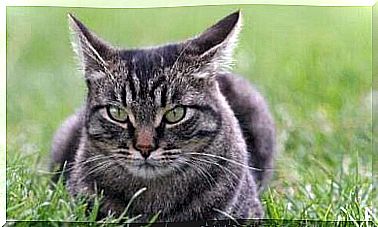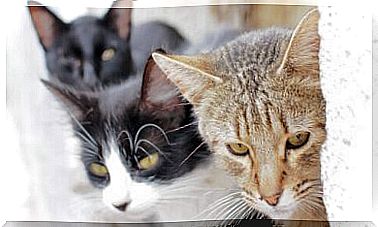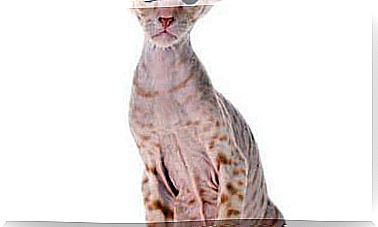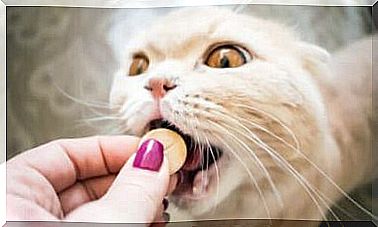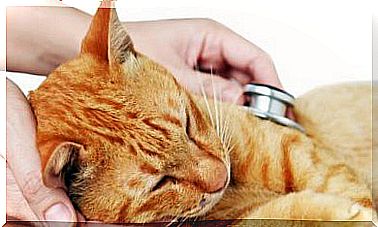Marc For Livestock: Nutritional Properties
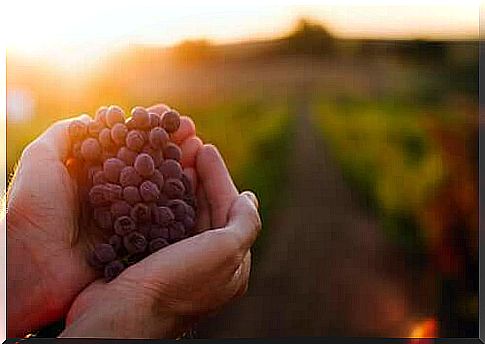
Scientists are currently investigating the possible benefits of natural supplements in the diet of cattle and sheep. Over time, important progress has been made in this regard. Some of the most important results obtained so far concern the effects of pomace to feed livestock.
Marc is a highly energetic food, excellent to include in the diet of livestock as it improves the health and quality of the products obtained.
In the following lines we talk about the research on this and the results derived from the use of pomace to feed livestock.
What is pomace?
At the present time, marc represents the main by-product obtained from the production of wine. The term derives from the Latin and means “of wine or grapes”. The word, therefore, can designate both the residues of grapes used to make wines (such as the skin and seeds) and residues of alcoholic distillation of other alcoholic musts.
When we talk about pomace, therefore, we are referring to the skin of the grape, obtained after having extracted the pulp. Nowadays there are two types of pomace, fermented and natural or fresh.
As for the feeding of livestock, we opt for fresh marc, since fermentation increases the alcohol content of the final product.
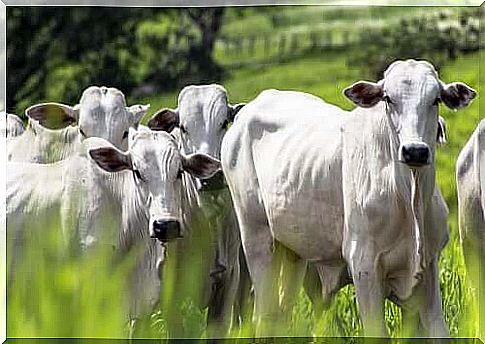
What are the benefits of pomace for feeding livestock?
To talk about the benefits of marc in the diet of cattle and sheep, we will mention the nutritional and economic benefits of this product.
Economic advantages of marc
As already mentioned, marc is the main by-product of the wine making process. It is estimated that for every 100 liters of pulp and grape juice obtained to make wine, about 30 kilos of pomace are extracted.
Currently this by-product is not highly valued or in demand in the local or international market. Nevertheless, promoting it as a natural supplement in the diet of sheep and cattle could add value to the marc or enhance its presence on the market. Clearly this would benefit grape and wine producers from all over the world.
In addition to this, it would mean that farmers can get a high-energy, good-quality product at a very reasonable price. In addition to improving livestock diets at a competitive cost, it would also be possible to obtain better quality products, such as meat and milk.
In summary, using pomace to feed livestock offers significant economic benefits for the livestock and wine industry.
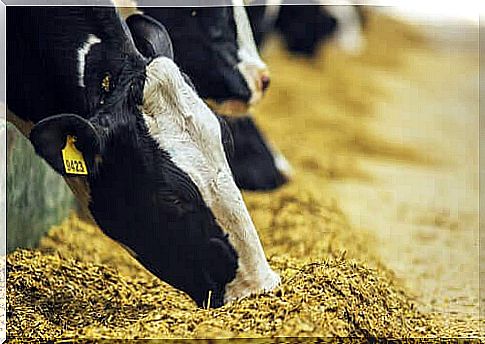
Nutritional benefits derived from the use of marc to feed livestock
The whole pomace contains pulp, seeds and the grape stalk. The proportions of these three elements can vary greatly depending on the type of wine being produced, the separation method and the grape variety used.
In spite of this, the commercial pomace destined to feed livestock also contains the skins and degreased pips of the grapes. Similarly, the stalk is extracted to obtain a highly digestible product that is more suitable for the animal.
The result is a very energetic food supplement, with easily absorbed proteins, healthy fats, fibers, water and sugars. It is therefore a good option to supplement the livestock diet and help animals gain weight naturally.
It should also be remembered that pomace is rich in natural antioxidants, such as polyphenols. Its moderate consumption helps fight free radicals, which delays cellular aging and the oxidation of bad cholesterol, but also prevents numerous cardiovascular and neurodegenerative diseases.
Marc in the diet of sheep cattle
The results obtained from the research show that using pomace as a natural supplement has a positive impact on the color of the meat and its oxidative stability. There was also a noticeable improvement in its lipid content which causes an increase in healthy fatty acids for human health.
Although it is necessary to delve into these first results, everything indicates that using marc to feed livestock can offer various benefits to farmers, animals and people who consume the products of the livestock industry.
